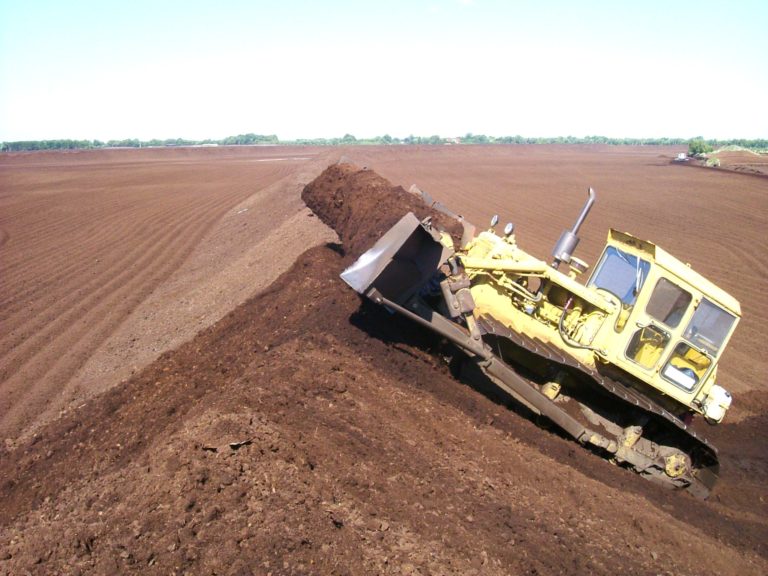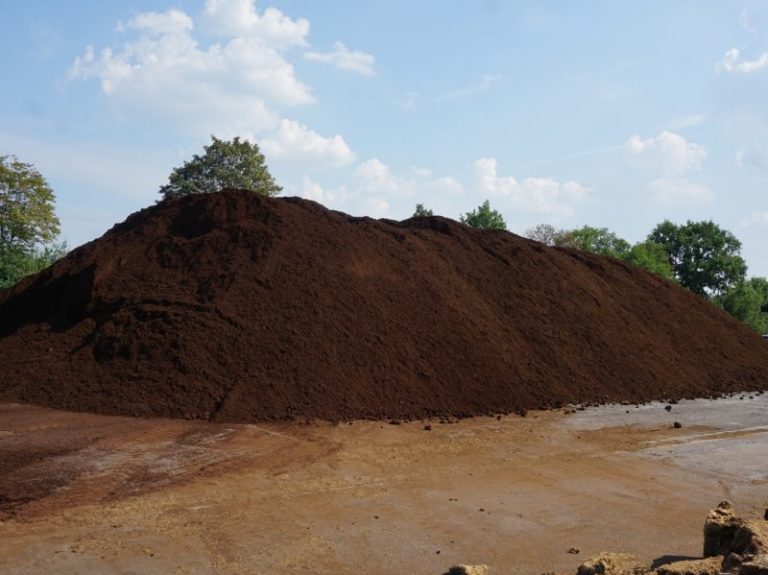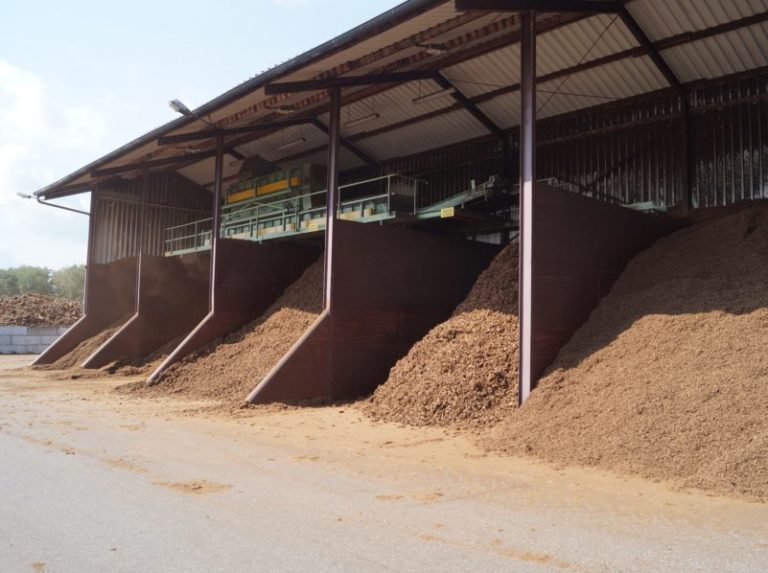Peats
...from Germany, Sweden, Finland and the Baltic States.
Depending on origin, age and harvesting technique, there are differences in the physical and chemical properties of peat. Part of Brill’s expertise is to always achieve the desired substrate properties in the finished Brill product — regardless of the climatic situation in the regions of origin and the regional availability of the different peats.






